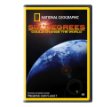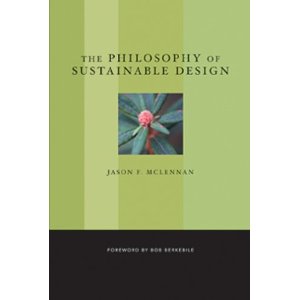 Spectacular. Professional. Visually Powerful. Life Changing., April 12, 2008
Spectacular. Professional. Visually Powerful. Life Changing., April 12, 2008
Alec Baldwin
This is a spectacular piece of professional work and so compelling as to be inspirational.
I watched this with my wife with no lights, and decided to take no notes. Here are the highlights from my memory.
1) Brilliant, utterly brilliant, history, photography, personalities (such as the Indian guru that has photographed the source of the Ganges for 50 years) and sequencing. I don't want to overdo it, but this may well be the single most important DVD of the century, and so worthy of both buying, showing to groups, and giving as a gift to others.
2) We are well on our way to 2-3 degrees rise, and if we do not begin to act sensibly now, toward six degrees. I absolutely loved the way this film developed, showing the changes one degree at a time. My wife had to point out the computer simulations, the producers and editors of this film are world class–they should share the Nobel with Herman Daly, Lester Brown, Paul Hawkin, and Anthony Lovin, Gore's Nobel was an ill-advised politicized award, he is in the fourth grade compared to this film and the serious people it focused upon.
3) Oceans as the critical carbon absorbing element, and coral as the “canary in the coal mine” really grabbed me The overall screenplay, photography, voice overs, everything about this is spectacularly professional and rivieting.
4) Amazon as the next most critical element, with riveting views of the Amazon river drying up in 2005, and the potential scenarios of drought, fires, more drought.
5) Increasing destructiveness of weather. Katrina as the first of what could become every month storms, instead of 100 year storms. In passing, the film shows the world-class levies built by the Europeans, and they do not show the downright retarded cement levees of the US Army Corps of Engineers, levees that are the laughing stock of the rest of the (sophisticated) world.
A highlight of the film was its focus on the one man that has figured out the total carbon footprint of the cheeseburger, to include the methane farts of the cows. I am not making this up. This film is AMAZING, it is spectacular, it is professional, it is precisely the kind of well-crafted material that We the People need to begin self-governing rather than entrusting war criminals and and cronies (both parties) who sell us out.
Here are ten links that augment the deep insight and value that this DVD provides to anyone able to see it.
High Noon 20 Global Problems, 20 Years to Solve Them
The Future of Life
Plan B 3.0: Mobilizing to Save Civilization, Third Edition
The leadership of civilization building: Administrative and civilization theory, symbolic dialogue, and citizen skills for the 21st century
How to Change the World: Social Entrepreneurs and the Power of New Ideas, Updated Edition
Green to Gold: How Smart Companies Use Environmental Strategy to Innovate, Create Value, and Build Competitive Advantage
Natural Capitalism: Creating the Next Industrial Revolution
The Philosophy of Sustainable Design
Running On Empty: How The Democratic and Republican Parties Are Bankrupting Our Future and What Americans Can Do About It
Collective Intelligence: Creating a Prosperous World at Peace
Apart from these, allowed by Amazon, I recommend the many books on climate, catastrophe, etcetera. See my many lists.








